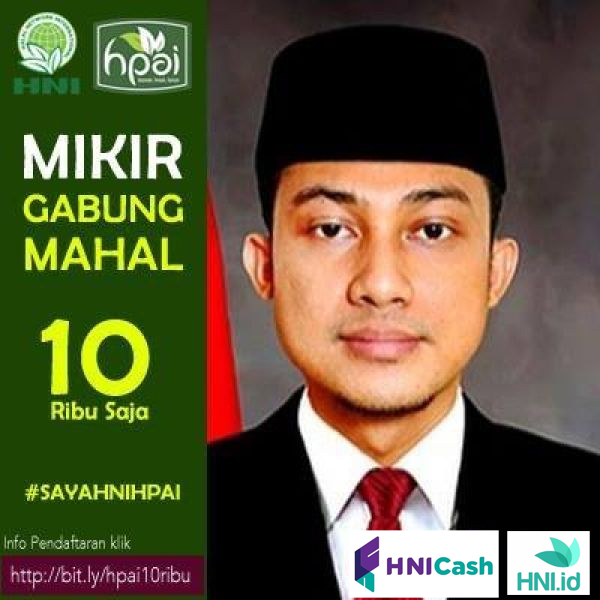

The Eight Ryukyuan Shrines (琉球八社) for example, which were (for the most part) places of worship created for the Ryukyuan folk religion (and later converted into Shinto Shrines) were eventually rebuilt, but it would take until the 1990s (or later) Or for most of them to reappear in some shape or form. This meant that the various Ryukyuan castles like Shuri Castle, Nakagusuku Castle and Zakimi Castle as well as various tombs and places or worship weren’t rebuilt. Suffice to say that many of the buildings of cultural or religious significance that were lost weren’t really high in priority. In the aftermath of the war, reconstruction efforts focused primarily on building modern infrastructure and homes for all of the people who were displaced. Link: Battle of Okinawa’s legacy lives on 70 years later as locals chase against Japanese rule, US arms (The Conversation) What this revival also shows quite clearly is that there is a stark contrast between the Ryukyuan people and their Japanese compatriots and that while they might have a shared history, they’re not one in the same.
This is something that the people of Okinawa have worked tirelessly at rectifying over the past few decades and now the fruits of their labor are taking shape as there has been a cultural revival of sorts when it comes to the local language, culture and customs, which the local people have become so very proud of. In the aftermath of the war, Okinawa redeveloped at an amazing pace, but while homes and businesses can be rebuilt, something that the people of Okinawa continue to struggle with today is that they’ve lost so much of their culture, language and identity through all of the chaos.

Its hard to fathom while walking down the clean, well-organized streets that half a century ago, the entirety of the island was reduced to a festering pile of rubble and human misery. The Okinawa of today has developed into a modern, yet beautiful tropical island with excellent infrastructure and public transportation that provides easy access to all the other outlying islands and amazing beaches. Okinawa’s history is an extremely complex one and if you’re not well-versed, don’t worry, if you visit, you’re going to get a crash course. These are questions that anyone planning a visit should be asking. What happened before the war? What happened after the war? That unfortunately might be the extent of your knowledge about this small, yet extremely beautiful archipelago of islands known as the Ryukyus. Is anyone else having this issue, and is this a Kami issue, an iPad issue, a Canvas app issue, or a Google issue? I'm really frustrated here because the whole point of using the ipad is to make it easier to grade student work than on a laptop, and now I can't access their assignments at all.How much do you know about Okinawa? If you’re like most people, you probably learned in history books that it was the location of one of the most devastating battles of the Second World War. I have done this and still get the error message.

Now when I try to open student Kami assignments in the Canvas app for grading, I first get an authorization message then when I try to authorize, I get an error message about unblocking pop-ups. I use my iPad to grade Kami assignments with the Canvas app until today, it has worked perfectly. We use Canvas as our LMS and have integrated Kami for students to complete and submit assignments. Workaround suggestions are greatly appreciated! I'm not thrilled about this and it wasn't clear if this is a temporary fix, or if this is now a step that must be included whenever creating a Kami assignment.ĮDIT: It appears that Kami is aware of the situation and is working to fix it. So for now the workaround is that teachers have to load and open the assignment before the students. The SECOND issue: having to open an assignment in Kami before a student does, is a Kami "fix" because of issues around who created the document in Kami. Apparently Canvas didn't set up authorizations for Kami/Google Drive with their update, which is now causing the issue. While I think Canvas is aware of it, not sure if there is any action on their part to fix it. EDIT TO THE EDIT: So according to Kami support, the inability to open Kami assignments for grading is a Canvas iOS issue.


 0 kommentar(er)
0 kommentar(er)
